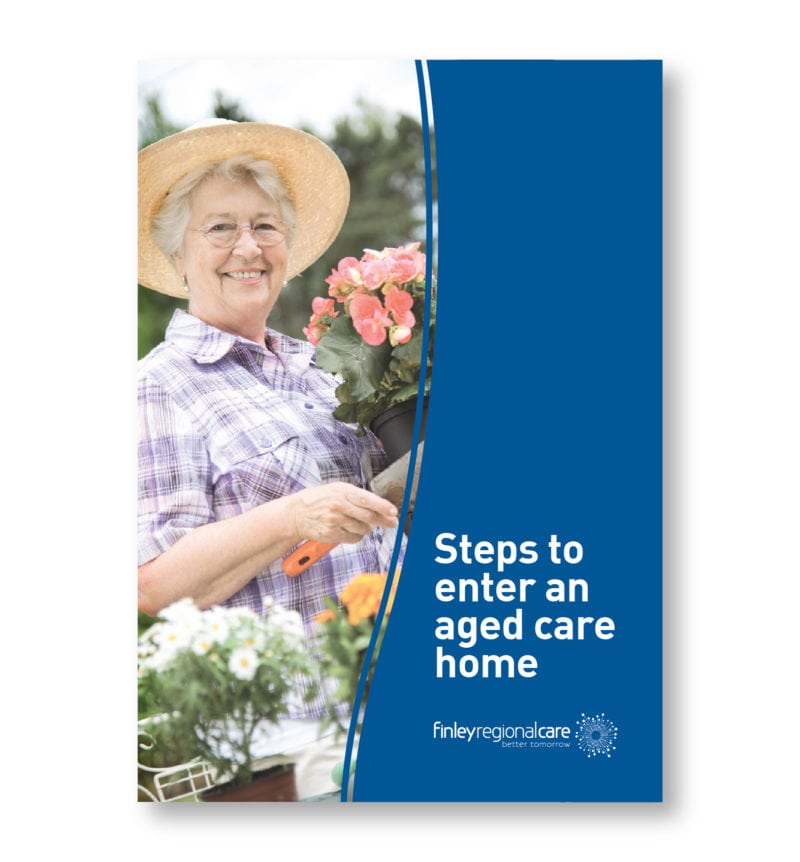Winter is upon us, and the chill in the air, foggy mornings, frosty temperatures and numb fingers and toes can make it just that little bit tougher to get out and exercise – especially as we get older. Many older people already struggle to stay active throughout the year, but winter tends to make it even more challenging. The impact of cold weather on older bodies, coupled with the physiological changes associated with ageing, make exercising in the cold more difficult than it is for younger people, and potentially riskier as well. For many older people, winter feels like a good time to hibernate – to spend those shorter days tucked up inside in the warmth with a good book to read, or a movie or TV show to watch.
However, just because you’re getting older doesn’t mean you should go into hibernation during the winter months. Instead, winter is the time to stay moving and active more than ever, as doing so can significantly improve your quality of life during the winter months.
Why seniors need to stay active even in winter
Staying active in winter is crucial for older adults. Regular exercise will help maintain physical and mental health, improve mood (that can be lower during winter), boost immunity and preserve independence. As well, it comes with all the usual benefits of better sleep, improved balance and coordination, reduced pain, and reduced risk of diseases. To top it off, exercise can help strengthen the immune system, making older people less susceptible to conditions such as the flu, COVID and other respiratory infections that are more common in winter.
The problems seniors encounter with winter exercise
However, despite the enormous benefits that come with winter exercise, many older people find exercising in winter a challenge. And it’s easy to understand why, as older people experience physiological changes associated with ageing that make exercise both riskier and more difficult, including:
- Lower metabolic rate, meaning they generate less body heat
- Decreased subcutaneous fat, which makes it harder to stay warm
- Reduced blood vessel flexibility, reducing blood flow to the extremities
- Slower shivering response, making it harder to warm up when exposed to the cold
Conditions like diabetes, thyroid problems, cardiovascular disease and arthritis, can also impair circulation, slow down metabolism and blood flow and increase joint pain and stiffness, potentially hindering movement and making exercise more uncomfortable. As well the darker, shorter days of winter can lead to decreased motivation to exercise – especially when coupled with cold, miserable weather.
How can seniors overcome these problems?
Dress smart
There’s lots to be said for getting outside in winter. But if you’re going to be exercising outdoors, the most important thing you can do to make the experience pleasanter is to dress appropriately and well. The answer is smart layering. Wearing a lot of light layers is the way to go, as this allows for movement while also keeping you warm. Layers are also easy to take off if you need to and put on again when you start to cool down. Invest in good-quality, thin, thermal, heat-locking layers that will keep you warm without the bulk. Try wearing a layer of “skins” or long johns under your exercise pants as well, to help keep your lower body warm without restricting your movement too much.
A windbreaker or puffer jacket will also help insulate your body and protect you from unpleasant, icy breezes, so invest in a good one. A cold, stiff body will make exercising so much more difficult, so layer up well.
Accessorise well
As well, it can help to take some useful accessories with you when you exercise. Have an umbrella handy if the weather looks inclement, and stick a pair of warm gloves and a beanie in your pocket just in case. We lose a lot of warmth through our head, so a beanie or hat will help prevent unnecessary heat loss. Keep a towel in your car if you’re walking outside, to clean shoes that have been walking in dewy and frosty grass.
Keep your extremities warm
There’s nothing worse than spending hours outside with icy cold hands and feet. So do all you can to keep your extremities warm (this will also help the rest of your body feel warmer too). Wear two pairs of socks, and consider wearing a pair of thermal socks over a pair of normal socks, as this will trap heat between the layers and help your feet stay warmer. Gloves are also a good idea (you can take them off and stash them later if you get too warm), or consider taking some small handwarmers with you. They’re effective, cheap and easy to use – just pop them in the microwave before you go and you’ll get hours of toasty warmth to enjoy. Carry them in your pockets or wrap your hands around them for a quick burst of delicious warmth.
Warm up well
It’s even more important to get your muscles warm and loosened up nicely before you exercise in winter. You’ll feel more prepared to exercise, plus, you’ll reduce your chances of sustaining an injury. You don’t have to spend a long time on the warm-up, just a few minutes of exercises to raise your heart rate, along with some slow stretches, should do the trick.
Stay warm with a hot drink
If you’re not doing anything too strenuous (think going for a walk), consider carrying an insulated thermos containing a warm beverage with you. Taking a few sips as you walk will give you a bit of a pick-me-up and will warm you from the inside out.
Choose your times
Exercising early in the morning or late in the afternoon are not good choices during winter. Not only will the temperatures be dropping, it’s also likely to be dark and perhaps icy. If you can, exercise later in the morning or earlier in the afternoon, so that you’re always in a well-lit, safe area.
Exercise indoors
If you really can’t deal with the thought of exercising outdoors in the elements, try some inside exercise instead. Take a gym class, book a session with a personal trainer, lift some weights, dance around the house, or do some yoga. Your body will stay warmer in inside temperatures, and you might find it more enjoyable than getting outside.
Always consult your doctor
As always, it’s wise to consult your GP before you start any new exercise program or activity – just in case.
What activities should seniors do in winter?
Once the temperatures drop, forget about activities like swimming or aqua aerobics– the water is likely to make you far too cold. Instead, try activities such as:
- Walking
- Jogging
- Cycling
- Yoga
- Tai chi
- Pilates
- Tennis
- Golf
- Lawn bowls
- Croquet
So, while older adults might find winter exercise more difficult, it’s still as important as ever to exercise. Be mindful of the challenges that come with winter exercise and take the necessary precautions when exercising in cold weather to stay safe and active this winter.
Click here to read more about how to safely start or return to exercise as you get older.


 June Newsletter
June Newsletter